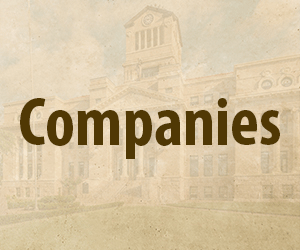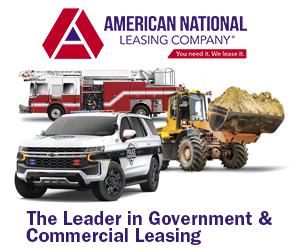Proper Maintenance, Repair Remain High Priority
By Ralph K. Banks, P.E.
*TEEX, Texas Lone Star LTAP
Bridge Maintenance Adjunct Instructor
As you travel across this great state and venture off the beaten path on to county roads, byways and rural areas, there is no doubt you will cross a bridge or two. Once an old standby and common sight on highways, roads and streets across the State of Texas in the 1930s, a great number of these over-the-road connections were described as steel truss bridges that were considered cutting edge at the time. Although many have now been removed or replaced with updated versions of themselves, Texas A&M Engineering Extension Service bridge construction industry experts report a significant number of steel truss bridges still serve the transportation needs of the citizens of Texas today. Although these bridges still play an essential role when it comes to traversing the state, proper maintenance and repair considerations remain a priority.
“Basic bridge types” consisting of beam, rigid frame, suspension, arch and movable types, the “truss bridge” is usually considered to be a sub-type of the “beam basic bridge type” in that the assembled truss structure acts as a large “beam” across the feature externally supporting the load by bending resistance. Of course, within the truss structure itself interior members further support the loads through axial tension and compression resistance.
Typically, a steel truss bridge was constructed using a series of triangular-shaped sections of steel that had been riveted, bolted or welded together. The superstructure consisted of two parallel trusses, one on each side of the roadway. Each typically consisted of a chord extending longitudinally along the top of the truss and another chord extending along the bottom of the truss. While many top chords on truss bridges were seen in a “flat” vertical alignment, other truss bridges had a “polygonal” shape vertical alignment. In between the top and bottom chords were vertical and/or diagonal members. The point where the diagonal members intersected along the bottom chord was called a “panel point.”
Proper identification of the location of the roadway deck, usually constructed with concrete or timber, is crucial. If the roadway is physically located in the space between the two trusses, the structure is referred to as a “through or part-through,” with the distinction being whether or not there is overhead bracing between the two trusses. If overhead bracing was used, the structure was called a “through-truss.” If not, the structure is considered a “part-through” or “pony” truss. If the roadway and its floor system were located between and atop the trusses, the structure was referred to as a “deck truss” type. The floor system of a truss bridge typically consisted of a system of parallel stringers and transverse floor beams. The ends of the parallel stringers usually connected to these floor beams. The end of each floor beam connected to truss chords at the panel points.
Typical concerns specific to the truss bridge surround unprotected steel. If affected by the weather elements, the unprotected steel will corrode. The continued presence of moist debris, such as soil, gravel and vegetable matter, can eventually cause the bridge to lose a steel section possibly resulting in the overall structural weakness of the bridge.
Although it is true such corrosion can occur in any unprotected area on any steel structure, such an event is more likely to occur on steel truss bridges due to their characteristics. This is especially true of the top-bottom chord intersections, vertical-diagonal member intersections, floor beam to truss chord connections, and the bottom chords. The collection of such moist debris also tends to occur around and within the bearing assemblies specifically where the span ends “bear” on the substructure supports.
In order to prevent such bridge damage from occurring, it is essential that state and county authorities with responsibility for these aging bridges pay frequent attention to the critical areas of these bridges to ensure each is clear of debris and free from the dangers associated with the buildup of moisture. Additional importance surrounding the proper upkeep of these bridges should also be placed on a more comprehensive cleaning as well as a follow-up application of coating protection to bridge elements. Doing our part to ensure these steel giants remain a viable part of the Texas transportation landscape will not only help protect our citizens but assure communities statewide are never faced with the high cost of comprehensive bridge repairs.
*TEEX – Texas A&M Engineering Extension Service
*LTAP – Local Technical Assistance Program.








